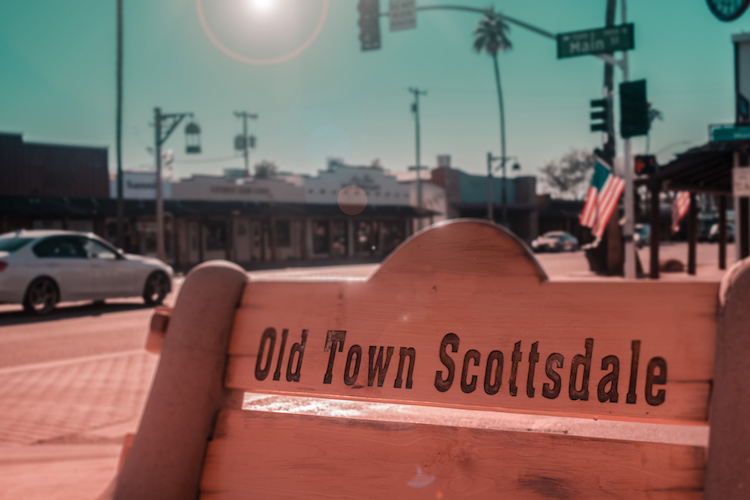- Home
- The Upper Middle
- Voters to Make Decision on Scottsdale’s Growth

Voters to Make Decision on Scottsdale’s Growth
A plan detailing Scottsdale’s growth over the next 10 years will go to voters in November.
The City Council approved the plan unanimously Tuesday after spending more than a year consulting residents and drafting the document.
The state-mandated general plan serves as a guide for decisions that range from the city’s character and future developments to how people travel in Scottsdale. The plan and visions for how the city should grow have long been contentious issues in Scottsdale.
Although state law requires cities to update the plan every 10 years, Scottsdale is operating under its 2001 plan after voters rejected a proposal in 2012 by a 2% margin.
The council discussed the plan in eight meetings this year, taking up issues such as a vision statement for Scottsdale, protecting less dense buildings in parts of Old Town, plus transportation needs.
Council members discussed final tweaks to the plan before approving it and reiterated their unwillingness to include light rail as a mode of transportation in Scottsdale.
After residents complained about references to “multimodal transportation,” which means an approach to transportation that includes all users such as pedestrians, bicyclists and drivers, council clarified its definition in the plan.
The multimodal entry in the plan’s glossary now specifically excludes “rail or modern car.”
Scottsdale leaders and the community have been discussing updates to this plan for several years and the final document was the result of public participation and hard work, council members said Tuesday.
The plan that was rejected in 2012 received three years of public input. In 2013, council tried again to adopt a new plan and the city established a 25-member task force composed of residents to oversee the draft of the plan. But that plan didn’t pass through all the state-required public hearings and remained a draft.
In 2020, the former council created a 13-member resident committee that worked with staffers on the current version of the plan.
Vice Mayor Betty Janik saluted the residents for their hard work, saying the committee held 15 meetings to discuss the plan, with the last one lasting almost six hours.
“City Council had eight meetings and I want to thank my fellow members because it was, at times, boring, and we all know that,” she added. “But you were respectful, you gave valid comments, you paid attention and I thank you for your time and effort to get this job done.”
Janik also thanked city staff, adding they had 22 meetings “to make sure our citizens were informed” about the updates to the plan.
Mayor David Ortega and Councilmembers Tammy Caputi, Kathy Littlefield and Solange Whitehead echoed Janik’s message and thanked everyone who was involved in drafting the final plan.
The council had planned to include provisions in the plan to better protect rural horse properties from development in northern areas of the city but changed course after the State Land Department raised concerns.
The plan consisted of creating a “Desert Rural” designation for properties in some areas, changing how the city evaluates requests for zoning changes on these properties.
The proposed designation would’ve created an additional step for property owners or developers applying to build more than one house on larger parcels of land in the north. Instead of just going through a regular rezoning application, landowners in the Desert Rural areas would’ve also had to apply for a major general plan amendment.
State Land Department Commissioner Lisa Atkins objected to the proposal, penning a letter to the council that said the change would decrease the area’s land values. She added the proposal would put extra burdens on property owners.
After trying to negotiate the provisions involved to rezone northern properties with state officials, the council fell short on offsetting Atkins’ objections and decided to not create a new designation.
The plan will go to voters without the “Desert Rural” designation but it will include language about honoring Scottsdale’s western and equestrian lifestyle.
